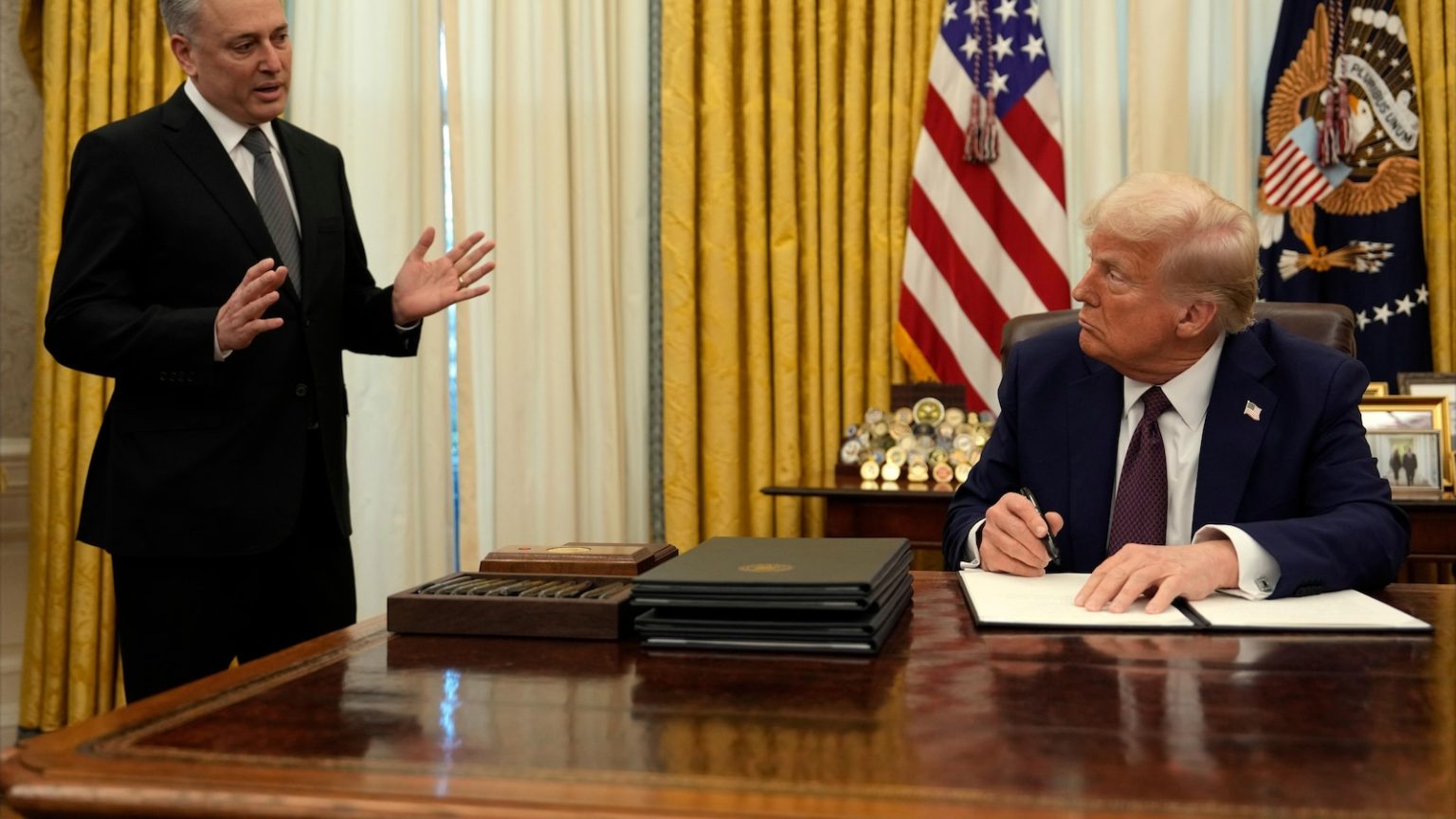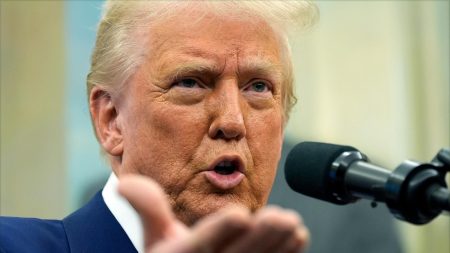Navigating the Cryptocurrency Regulatory Landscape: Progress and Challenges
Introduction: A New Era of Crypto Regulation
The cryptocurrency world is abuzz with the recent efforts of David Sacks, the Trump administration’s crypto czar, who announced the formation of a new congressional working group aimed at advancing cryptocurrency regulation. While the announcement was met with mixed reactions from the crypto community, Sacks emphasized the significance of having the White House and key lawmakers committed to passing crypto legislation within the next year. This commitment marks a monumental shift, as such high-level support has been absent in the past. The announcement underscores the industry’s growing influence in political circles, driven by substantial investments in recent elections, particularly in supporting crypto-friendly lawmakers.
The Rise of Crypto’s Political Influence
The cryptocurrency industry’s increased political spending has significantly bolstered its influence. This investment has not only helped elect crypto-friendly officials but also emboldened the industry to push for favorable policies. Recent victories include the repeal of an SEC accounting rule and an executive order focused on studying and proposing regulatory changes, including the potential formation of a government crypto reserve. The industry’s assertiveness is evident in its strategic moves, such as Gemini’s decision to boycott MIT graduates in response to the rehiring of former SEC Chairman Gary Gensler, reflecting a shift towards more proactive and punitive measures against perceived adversaries.
Legislative Progress and Future Expectations
The crypto industry is eagerly anticipating legislative developments, particularly two key bills. The first aims to regulate stablecoins, ensuring transparency and stability in their reserve holdings. The second seeks to clarify the regulatory framework for crypto exchanges, distinguishing between digital assets classified as securities or commodities. While past legislative attempts have stalled, the industry is optimistic about bipartisan support this time, buoyed by its significant political contributions. The defeat of Senator Sherrod Brown, a prominent crypto critic, exemplifies the industry’s newfound clout, signaling a strategic shift in political dynamics.
Internal Divisions and Debates
Despite united efforts during the election, the crypto community is not without its internal divisions. Debates over legislation have exposed fault lines, with strong opinions on issues like the composition of a potential government crypto reserve. Ripple’s CEO, for instance, suggested a multi-asset approach, a stance met with resistance from Bitcoin maximalists. Additionally, Tether’s CEO disputed a JPMorgan report critical of stablecoin reserve requirements, highlighting the industry’s diversity and the challenges of consensus-building. These debates reveal the complex landscape of the crypto world, where varied interests and visions can both innovate and obstruct progress.
The Volatile Nature of Crypto Influence
The cryptocurrency industry’s journey is marked by periods of soaring popularity and significant setbacks. From the celebrity-endorsed highs of the Super Bowl commercials to the downfall of figures like Sam Bankman-Fried, the industry’s reputation has weathered storms. Each scandal and regulatory challenge tests its resilience, yet the industry consistently rebounds, as seen with Trump’s victory. This volatility underscores the delicate balance between innovation and stability, as the industry navigatesthe hurdles of regulation and public perception.
Conclusion: The Future of Cryptocurrency Regulation
As the cryptocurrency industry stands at a crossroads, the interplay between political influence, regulatory progress, and internal debates will shape its future. While the industry’s growing influence offers opportunities for advancement, it also presents challenges that require careful navigation. The ability to harness this influence effectively, manage internal divisions, and establish clear regulations will determine whether the crypto industry can achieve its vision of a decentralized financial future. The journey ahead promises to be complex, but with strategic foresight and collaboration, the industry may yet realize its transformative potential.















